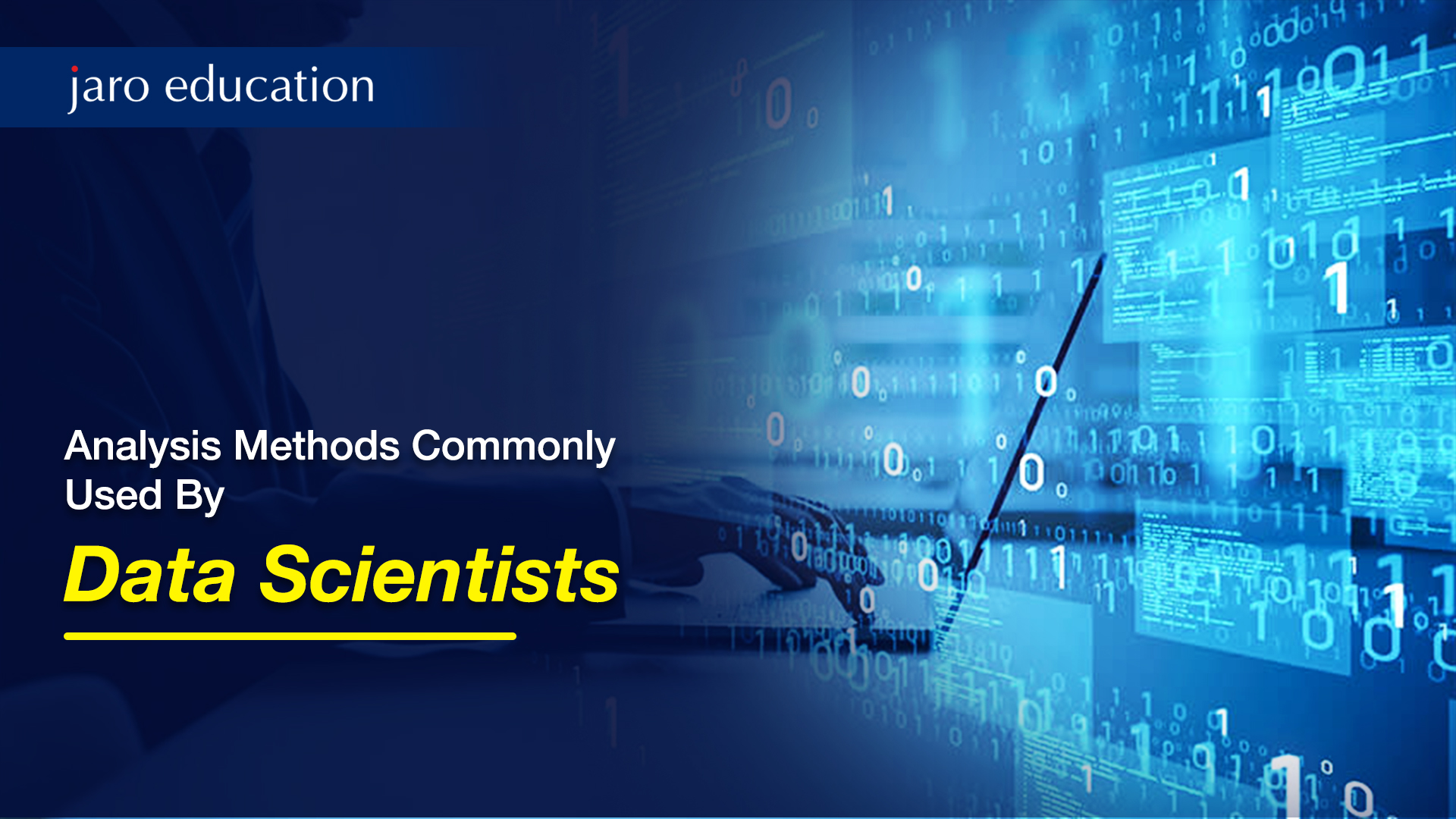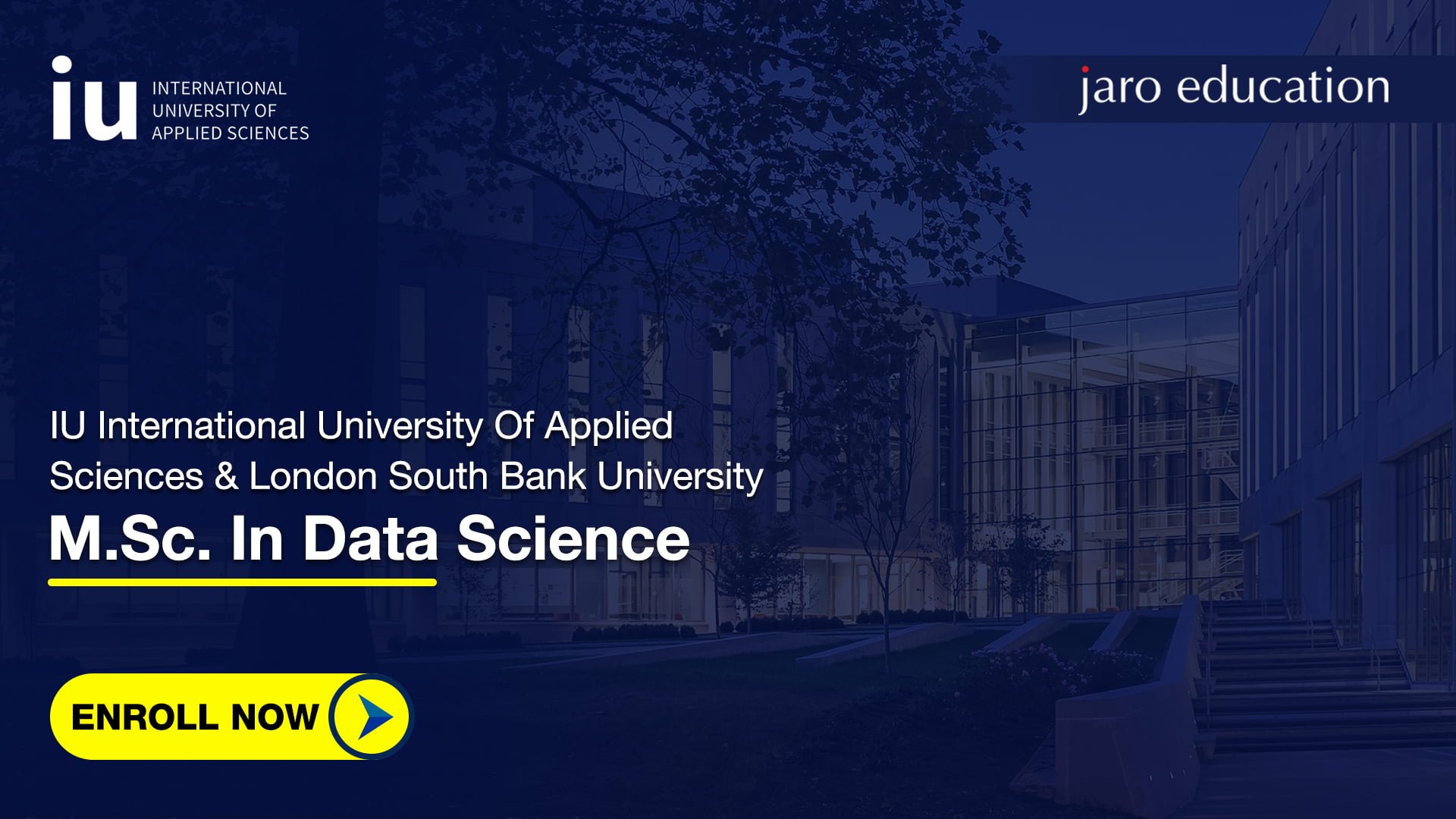Introduction
Data is becoming one of the most important assets in tackling the challenges of tomorrow. According to a survey from Deloitte, almost 59% of enterprises use data and analytics in some capacity. 49% of respondents say that analytics assist them to make better decisions, and 16% say that it enhances strategic initiatives. Multiple companies revolve their entire market strategy around insights analysed from data.
The field of data science is a group of few components that involves mathematical and statistical approaches for extracting quantifiable data accurately, technical approaches that assist working with large set data, using advanced analysis techniques that tackle data analysis from a scientific perspective, and engineering tools and methods that can help change a large set of data into formats needed to derive high-quality insights.
The Master of Science Degree Programme in Data Science by IU International University of Applied Sciences helps graduates learn all about the analysis methods used by data scientists.
Analysis Methods Used by Data Scientists
-
Classification Techniques
The prime questions that data scientists are looking to answer in classification problems include what category does this data relate to, what are the reasons for classifying data, among others. The methods that scientists use to filter that data into categories include the following:
- Support Vector Machines: They aim to draw a line with a wide margin to separate data into different categories.
- Logistic Regression: This technique uses the idea of fitting data to a line to differentiate it between different categories.
- Decision Trees: The approach uses a system of branching logic that uses machine-generated trees of parameters to classify data.
- Naive Bayes Classifiers: The technique takes the help of probability and helps put data into simple categories.
- Neural Networks: This uses trained artificial neural networks, which have multiple hidden layers and are considered to have profound capabilities for classification, apart from using large sets of data.
-
Clustering and Association Analysis Techniques
This set of data science techniques focus on converting the data into groups and classifying data into different groups. Data Scientists can discover clusters of data that share common characteristics and yield prominent information in applying analytics. They use the below-mentioned methods for clustering:
- K – means Clustering: It determines a certain number of clusters in a set of data and finds a centroid that identifies where different clusters are located, with data points assigned to the closest one.
- Hierarchical Clustering: A branching, hierarchical logic structure that approaches finding clusters.
- Mean Shift Clustering: It is used separately or to improve the clustering with a centroid-based clustering technique.
-
Regression Techniques
Wondering if instead of finding what category the data belongs to, what would data scientists do to know about the relationship between data? They use regression techniques. A simple concept that comes from the idea of ‘regression to mean’, can be a straightforward regression between an independent and a dependent variable or a multidimensional one that aids in finding the relationship between multiple variables. Other than that, some other regression techniques used by scientists are as follows:
- Linear Regression: One of the commonly used techniques, this approach tries to find out the line that best suits the data being analysed, based on the correlation between two given variables.
- Multivariate Regression: This method involves different ways of finding out the lines that fit multiple dimensions of data likely containing many variables.
- Lasso Regression: It is well-known as the least absolute shrinkage and selection operator, is a technique that improves the prediction correctness of linear regression models by utilising a set of data.
IU International University of Applied Sciences- Master of Science Degree Programme in Data Science will teach fresh graduates about all the analysis methods mentioned above and inform them in-depth about them.
By understanding the various methods, techniques and approaches which data scientists use, they help organizations that hire them to achieve the competitive benefits which help them stay ahead of other organizations.
Conclusion
Graduates studying the Master of Science Degree Programme in Data Science at IU International University of Applied Sciences will know how to work on the data and the analysis methods mentioned above in the best way possible way.
This Masters in Data Science Programme helps you make data-related predictions and evaluate performance success based on key performance indicators and aids in building a solid base to understand the concepts behind advanced algorithms used to process and analyze data. The analytical skills and our practical use-case based approach will fuel your professional success as companies are constantly searching for talented graduates in this field.








